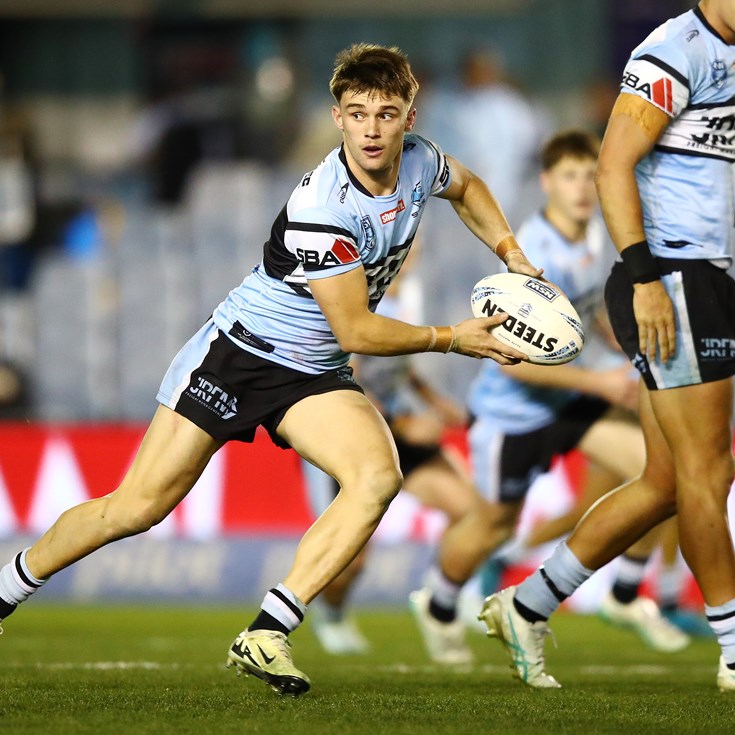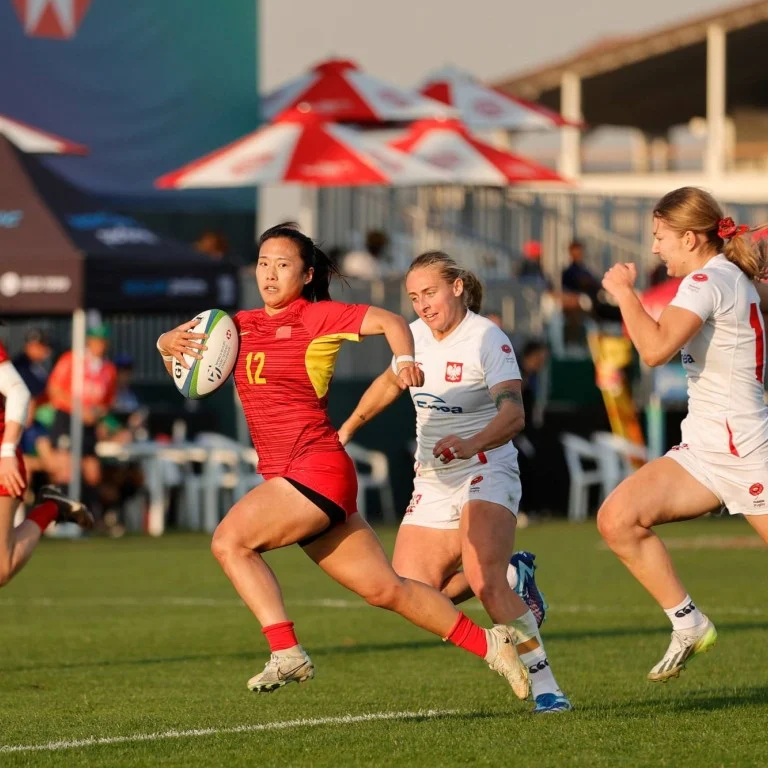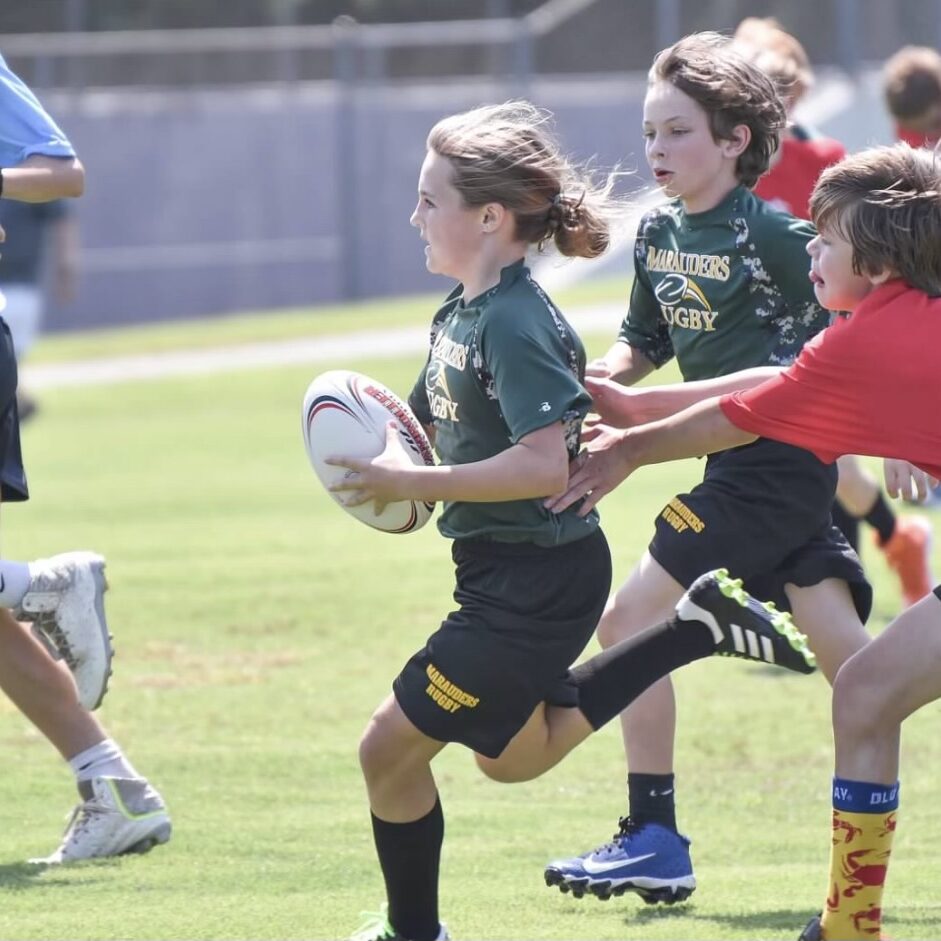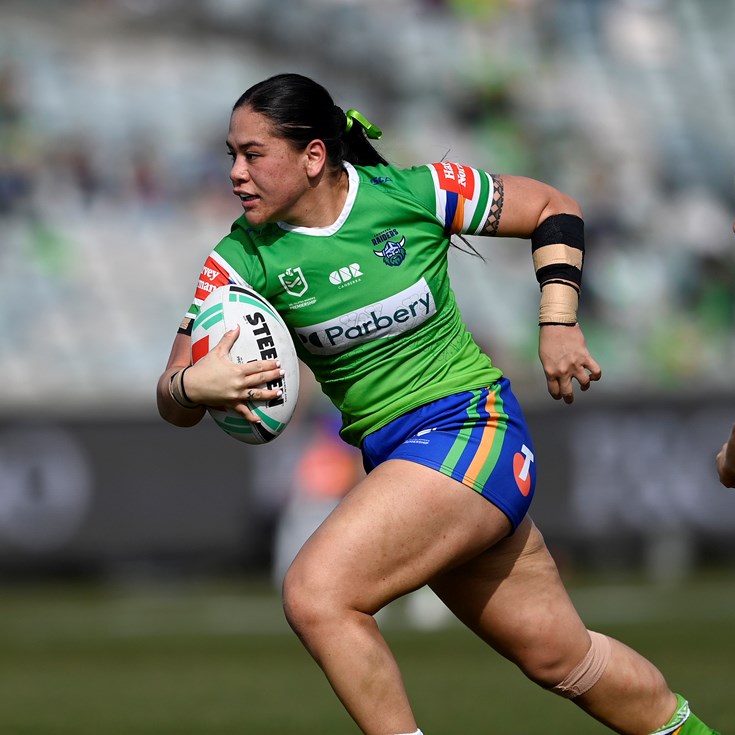Global Rugby Salary Overview
The world of professional rugby showcases a diverse range of salaries across different leagues and positions. From French Top 14 to Japan’s Rugby League One, earnings can vary significantly. Owen Farrell, currently the highest-paid rugby player, earns a staggering $1.2 million annually at Racing 92. Meanwhile, Finn Russell secures the second spot with a $1 million yearly salary from Bath in the English Premiership. The third spot goes to Cheslin Kolbe, whose exceptional play earned him a $930,000 deal in Japan.
In the English Premiership, fly-halves take the lead in earnings, with average salaries around the mark of ?217,761 annually. Scrum-halves, however, have seen a notable decrease in average pay. With the Premiership Rugby salary cap report revealing detailed positional salary variances, it’s clear that certain positions, such as fly-half, are considerably more lucrative than others.
Economic strategy also plays a role in players’ pay; for example, clubs have been investing more in their academies at the expense of senior squad salaries. This investment in the future reflects a broader trend towards sustainable, long-term club development.
It’s evident that international experience and age can also influence earnings, with 50-plus cap internationals drawing significantly higher average salaries. The most successful rugby players often fall within the age range of 29 to 31 years, indicating peak earning potential correlates with maturity and experience on the field.
The economic landscape of professional rugby is complex and ever-changing, hinting at a future where players’ salaries could see more fluctuations as the sport continues to evolve globally.
Highest-Paid Rugby Players in the World
The rugby field is not only a battleground of strength and strategy but also a stage where the players earn their fortunes. With the spotlight on the rugby elites, we see Owen Farrell as the world’s highest earner in 2024, taking home a massive $1.2 million annually. He holds his position at Racing 92, one of the crown jewels in the French Top 14 league. Following close behind is Finn Russell, the skilled fly-half and Scotland’s co-captain, with a yearly paycheck of $1 million from his contract with Bath in the English Premiership.
Third in the financial lineup is the South African winger Cheslin Kolbe. After a sensational stint in France, his career takes him to Japan with a hefty $930,000 deal. Next is the scrum-half maestro Faf De Klerk, the highest-paid in his position, earning a cool $900,000 annually. And not far behind is Siya Kolisi, the captain of the South African team, with an estimated $800,000 to $850,000 yearly salary from Racing 92.
An impressive ten players from the National Rugby League (NRL), based in Australia and New Zealand, are amongst the highest-paid, indicating the league’s strong economic might. France’s Top 14 and Japan’s Rugby League One are also home to top earners, highlighting their competitive financial offerings. The salary arms race in international rugby reflects both the sport’s global allure and the willingness of clubs to invest heavily in top talent.
Positional Salary Comparison in Rugby

In rugby, a player’s position significantly impacts their earning potential. Fly-halves, often seen as pivotal playmakers, command the highest salaries in leagues like the English Premiership. They make on average ?217,761 annually. Their ability to steer the game and make strategic plays justifies this financial recognition. Owen Farrell’s earnings of $1.2 million underscore this valuation.
Conversely, scrum-halves have witnessed a dip in their compensation, now earning around ?121,104 on average. This decrease places them at the bottom of the salary spectrum in their league. The recent Premiership Rugby salary cap report confirms that, despite the essential role of scrum-halves, their earning potential has diminished.
Other positions, such as wingers and back-rowers, have also seen fluctuations. Average salaries for wingers have fallen to approximately ?127,969, a decline of over 10%. Similarly, back-rowers faced over a 12% drop, now earning close to ?159,467 on average.
At the top end of the scale, international players with more than 50 caps earn around ?361,000 yearly. This suggests that experience and international recognition can lead to higher wages. The age sweet spot for peak earnings is typically between 29 and 31 years, aligning maturity and skill with higher pay.
Club strategies also influence salaries. More investment in academies can mean reduced budgets for senior squad members. Consequently, holistic economic approaches and player development pipelines are shaping the current salary landscape in professional rugby.
Overall, the positional salary comparison in rugby illustrates a competitive and dynamic market. It’s driven by player skills, club strategies, and the inherent value of positions within the tactical fabric of the game.
Factors Influencing Rugby Players’ Salaries
Several factors affect how much professional rugby players make. Rugby positions play a significant role in determining salaries. Players in key roles, such as fly-halves, often receive higher pay compared to other positions. This is due to the critical influence they have on the game. For instance, a fly-half like Owen Farrell earns an impressive $1.2 million, reflecting his importance on the field.
International experience also impacts earnings. Players with over 50 international caps have higher average salaries. This experience signals higher skill levels and market value. Age is another important factor. Most top earners are between the ages of 29 and 31. This suggests that players accumulate valuable experience over time. Consequently, they reach their earning peak in this age bracket.

Club investment strategies influence player salaries as well. When clubs focus resources on academies, senior squad budgets may shrink. This can lead to overall salary reductions for current players.
The league a player competes in makes a difference too. The National Rugby League (NRL) in Australia and New Zealand exhibits high player earnings. Ten players from NRL rank among the highest-paid globally.
Additionally, market forces and sponsorship deals affect how much players can earn. Star players can command lucrative contracts due to their ability to attract fans and sponsors.
Lastly, World Cup performances and national team achievements can boost a player’s worth. High-profile victories on the international stage often lead to increased salary offers. Siya Kolisi, for example, captained South Africa to two World Cup wins. His leadership and success on the field justify his estimated salary of $800,000 to $850,000 with Racing 92.
These elements together create a complex and dynamic salary structure within professional rugby. They highlight why player wages can vary so greatly across different leagues and positions.
Rugby Salary Trends and Changes
Examining recent trends, rugby salaries show interesting shifts. Key players, like Owen Farrell, earn top dollar in competitive leagues. But average salaries across positions are not static. Fly-halves typically lead in earnings, as seen with Farrell’s hefty salary. Yet, figures from the Premiership suggest changes are afoot.
Salaries for other roles, such as scrum-halves, have dipped. Their average pay fell to around ?121,104, marking a notable decrease. Wingers and back-rowers, too, face cuts. They now bring in ?127,969 and ?159,467 respectively. Clubs seem to reassess the value assigned to different positions. This is affecting how much professionals make.
Investments in academy prospects have surged. Senior squad funds are thus trimmed down. This focuses spending on nurturing youth talent over established stars. Such shifts point to a long-term strategy by clubs for sustainability. It also reflects economic pressures within the sport.
International caps, nonetheless, still boost a player’s value. Those with over 50 caps can earn upwards of ?361,000 annually. Experience and reputation remain valuable commodities. Age is another factor, with peak earnings seen in the 29 to 31 range. This coincides with a player’s prime performance years.
Leagues also play a role in salary trends. The NRL shows stronger spending power compared to other leagues. This places its athletes among the top earners globally. Meanwhile, leagues in emerging rugby nations trail behind. They are yet to reach the financial heights of their established counterparts.
In conclusion, rugby’s salary landscape is evolving. It reflects changing club priorities, economic conditions, and player marketability. While stars command significant paychecks, the overall salary trend navigates through fluctuations. Clubs balance short-term success with long-term growth, impacting how much professional rugby players make.
Rugby League Versus Rugby Union Salaries
When discussing professional rugby players’ earnings, it’s essential to distinguish between Rugby League and Rugby Union. Both variants have different salary structures and economic models.
In Rugby League, the National Rugby League (NRL) features heavily. Players here often make it to the top earners’ list. NRL’s structure promotes higher wages for its athletes. Clubs in Australia and New Zealand demonstrate strong spending, with salaries frequently crossing the million-dollar mark.
Rugby Union, on the other hand, sees its highest salaries in the French Top 14 and Japan’s Rugby League One. Here, star players like Owen Farrell and Cheslin Kolbe draw substantial pay. But, the average salaries are more varied across positions than in Rugby League.
In Union, fly-halves generally earn the most, as evidenced by Farrell’s and Finn Russell’s lucrative deals. The English Premiership’s figures also show fly-halves at the top. Yet, scrum-halves rake in notably less. Union’s economic spread is wider, with more global leagues contributing to the salary pool.
Rugby League’s iconic State of Origin series and club competitions boost player earnings. They often secure endorsement deals as well, adding to their income. Union players can also earn from internationals and European club competitions. Yet, their club salary remains the primary income source.
Income variance between the two codes is stark. Rugby League tends to have fewer professional tiers, leading to higher pay at the top. Union’s structure is broader, with more professional levels. This dilutes the overall salary allocation.
To sum up, Rugby League generally offers higher salaries, focusing on a small elite. Rugby Union shares its wealth across a wider player base, with top earners in select international leagues. Both have their stars, but the pathway to high earnings takes different forms in each code.
The Economic Impact of Rugby Players’ Earnings on Leagues
The earnings of top rugby players have a significant impact on their leagues. High salaries draw attention to the leagues and can boost their profiles globally. As stars like Owen Farrell and Cheslin Kolbe command high earnings, they help to attract fans, sponsors, and media coverage. This attention can lead to increased revenue for the leagues through merchandise sales, ticket sales, and broadcasting rights.
However, there is another side to the coin. Large salaries can also create economic pressure on leagues. Clubs must balance their budgets to afford these high-paid players. If not managed well, this could lead to financial instability within clubs, risking long-term sustainability.
Investments in players often shift focus from other areas, like grassroots development. Clubs that spend heavily on star players might invest less in their academies. This could impact the development of homegrown talent. Yet, the presence of star players in a league can inspire young athletes. Their success stories can motivate the next generation of players to pursue professional rugby.
Additionally, disparities in salaries across leagues can affect player movement. Players may leave their home countries to play in leagues that offer higher salaries. This can strengthen some leagues while weakening others. It can also influence the competitiveness of international competitions.
In summary, the salaries of professional rugby players significantly shape the economic landscape of rugby leagues. While high salaries can elevate a league’s status, they must be balanced against the need for economic stability and player development. Managing these aspects is vital for the health and growth of the sport.
Future Projections for Rugby Players’ Salaries
Rugby salaries are changing fast. Players like Owen Farrell show that top talent can demand high pay. But what does the future hold for the earnings of professional rugby players? Experts in the field hint at several trends and economic factors that could shape this future. Here’s what to watch for:
- Growth of the Game: As rugby gains popularity, especially in emerging markets, salaries may rise with new investment. More fans can mean bigger deals.
- Television and Sponsorship Deals: These are key. As deals get better, so might players’ earnings. This could especially impact Rugby Union where leagues are expanding.
- Salary Caps: Changes to salary caps could happen. If caps increase, players’ salaries might too. The English Premiership cap is just one that could shift.
- Player Development Investments: Academies are getting more funding. This focus on youth might change how much clubs pay their stars.
- International Competitions: Players who shine on the world stage could see a salary surge. Think World Cups or international test matches.
- Economic Factors: Currency changes and economic health impact clubs’ spending. This could affect player salaries in different countries.
So, we’re likely to see salaries keep changing. Stars will still earn much, but the average might shift. Clubs and leagues will keep adapting to the sport’s economic climate. The key takeaway? Rugby’s salary landscape is as dynamic as the game itself.



